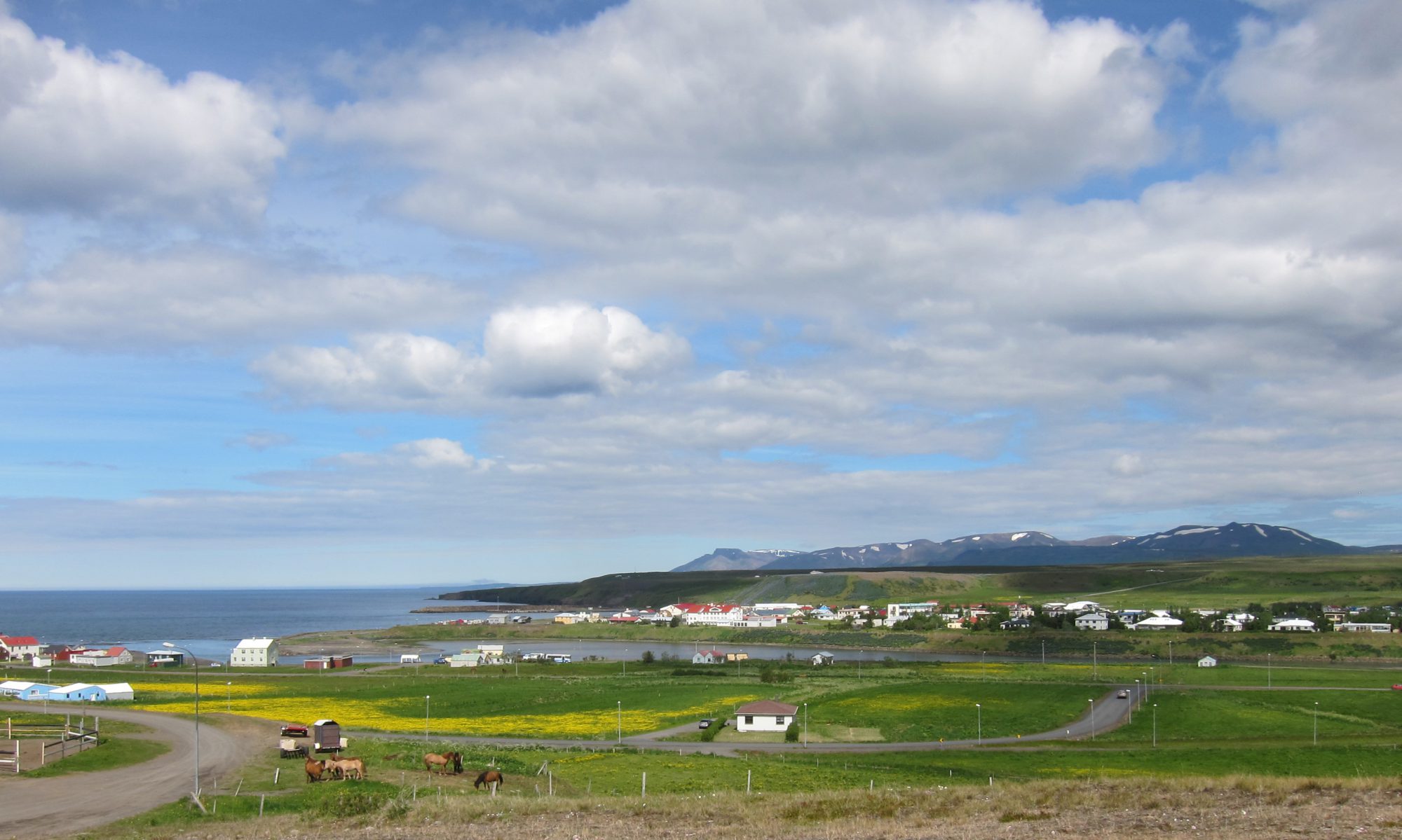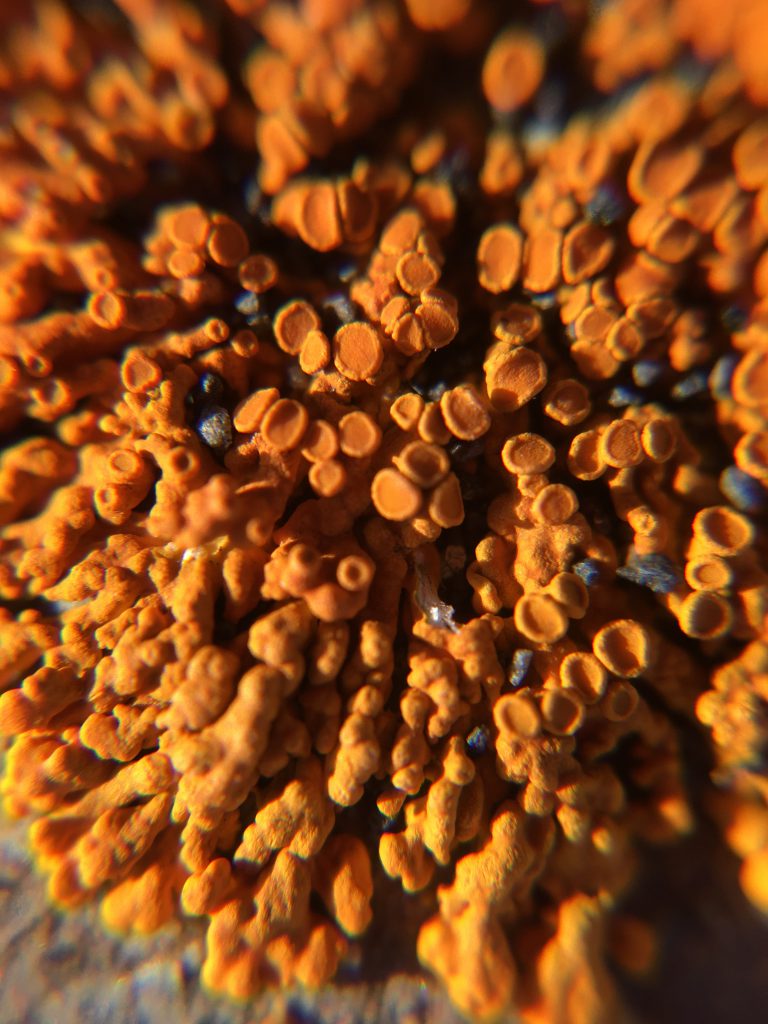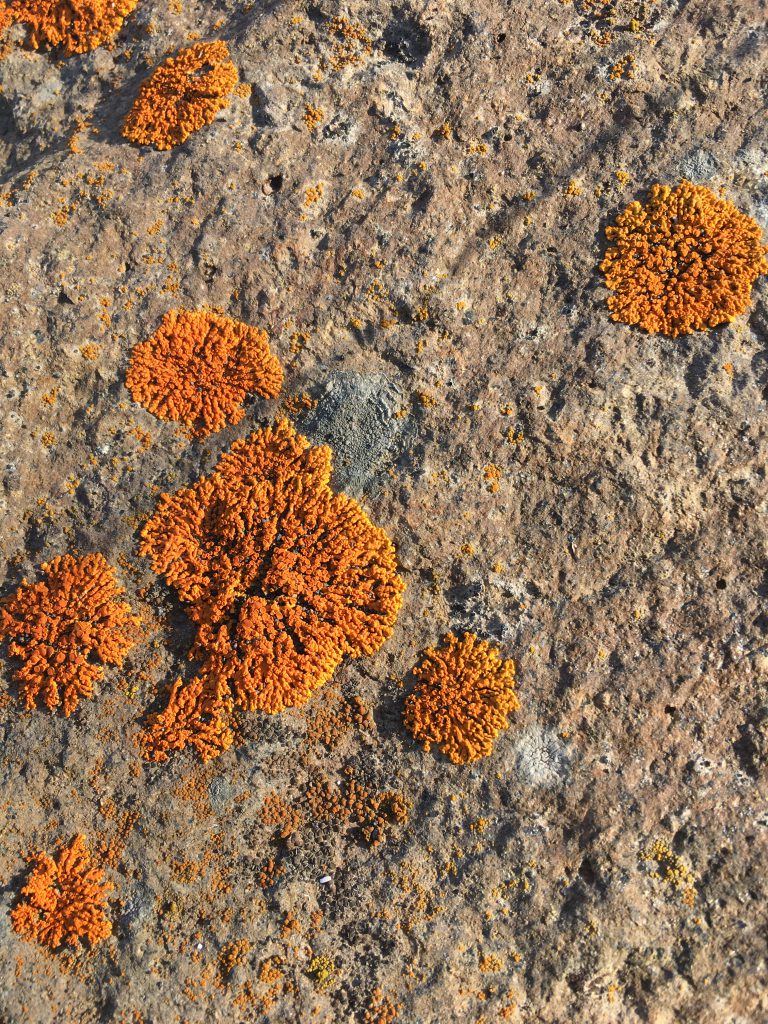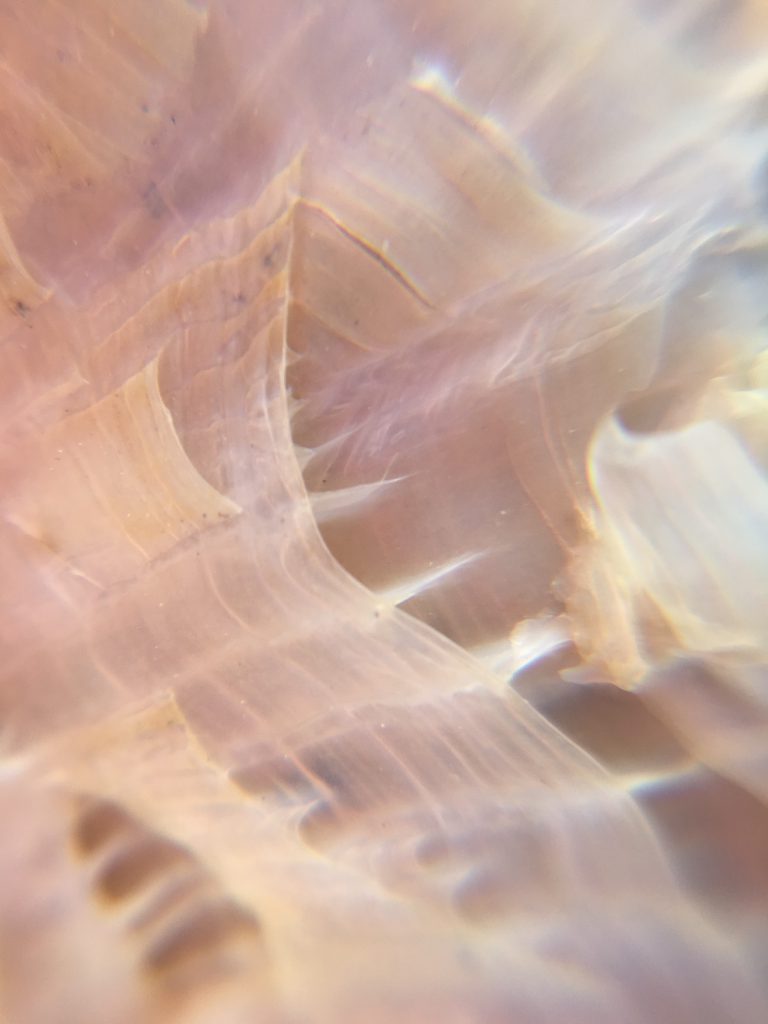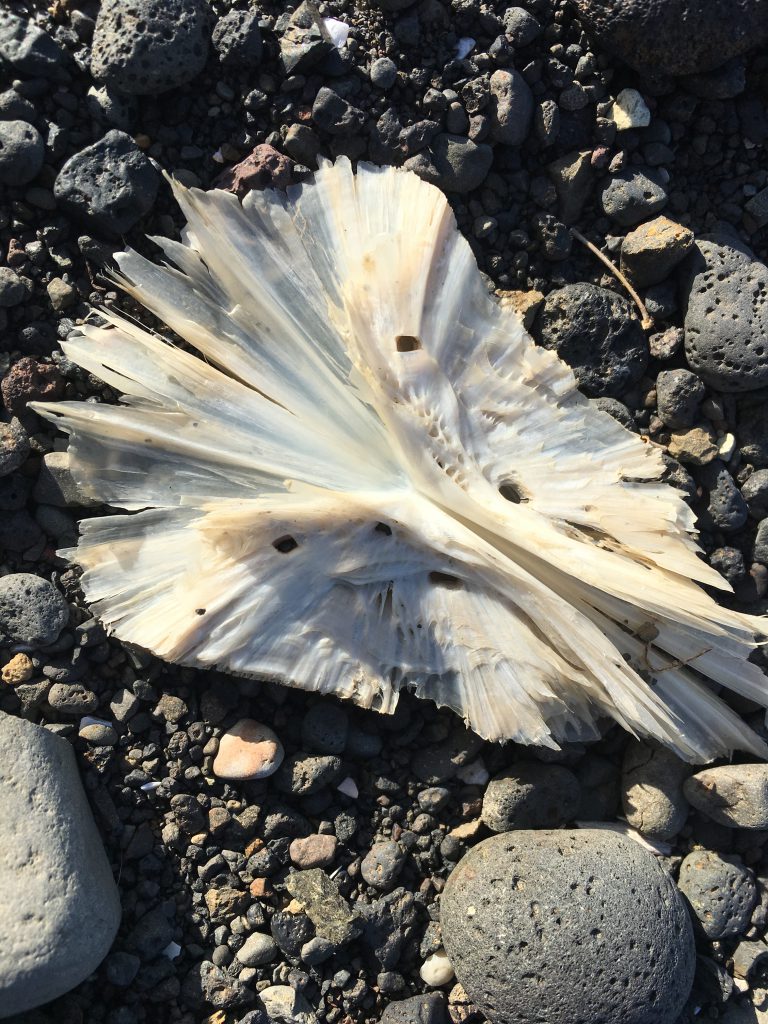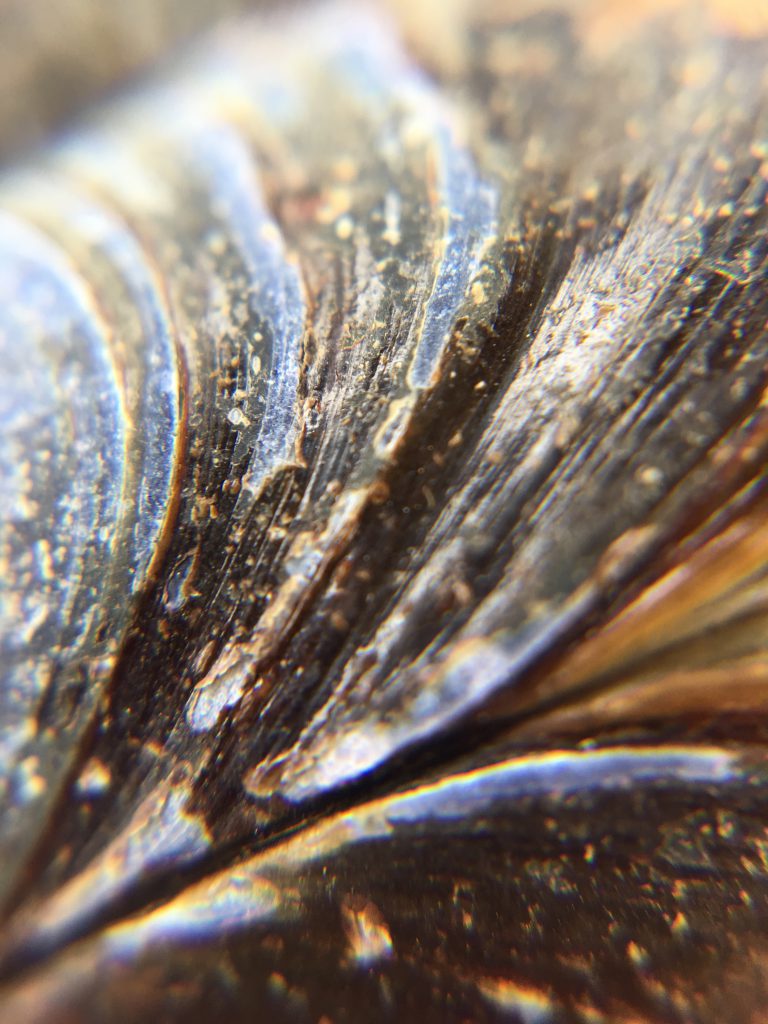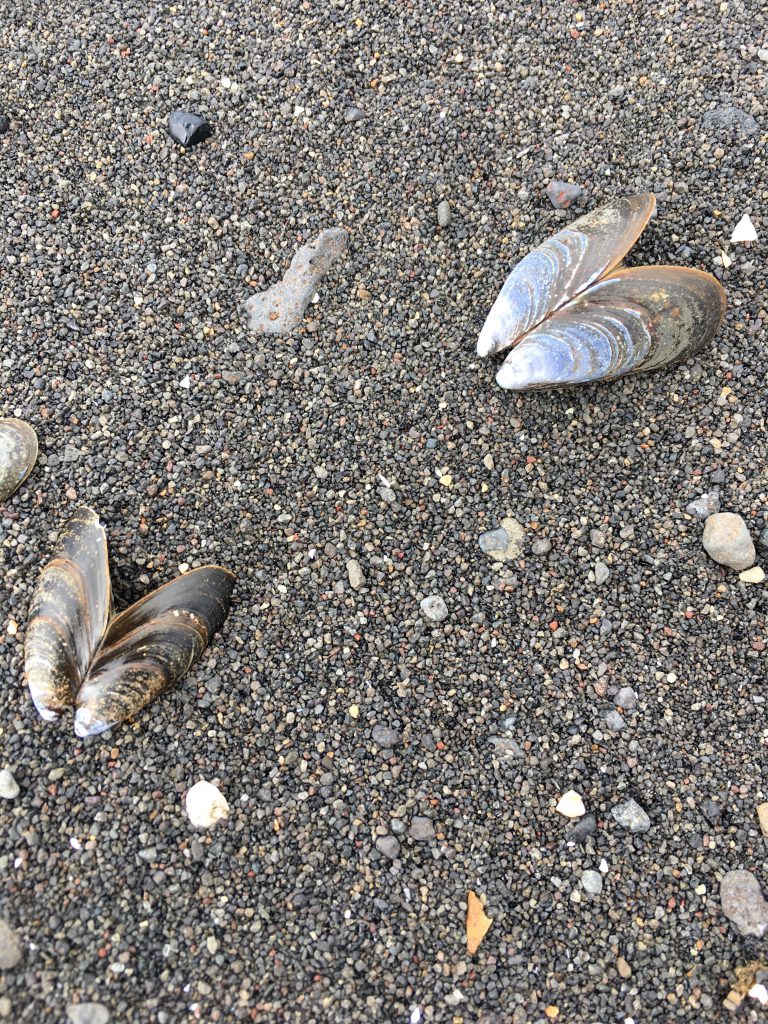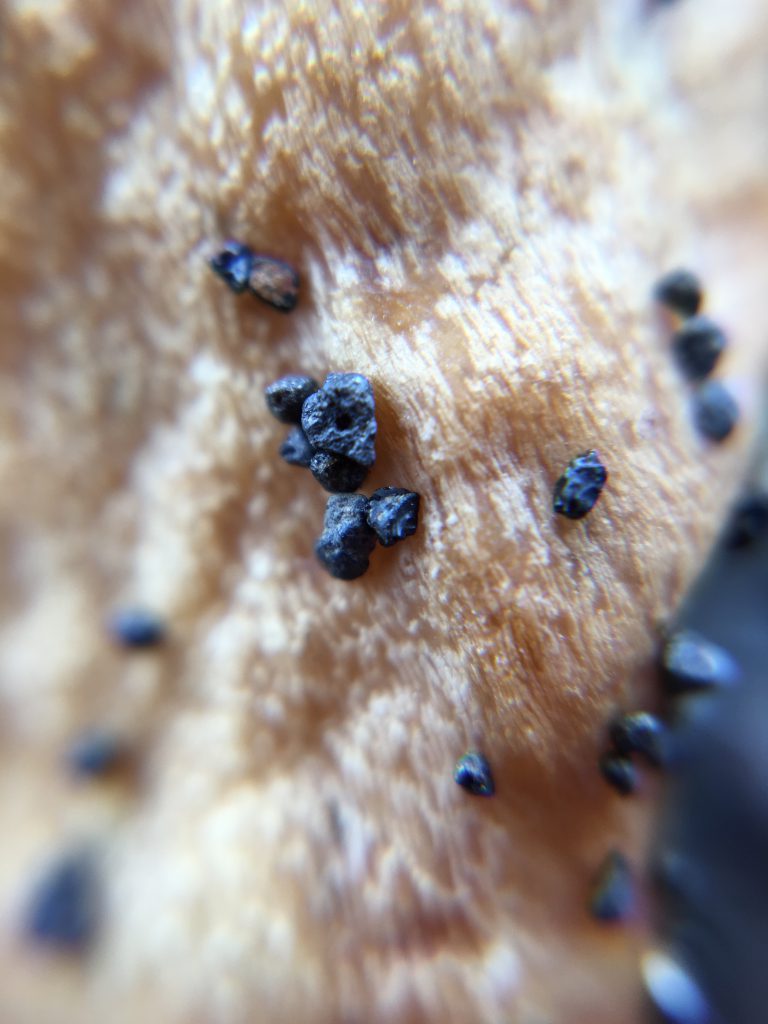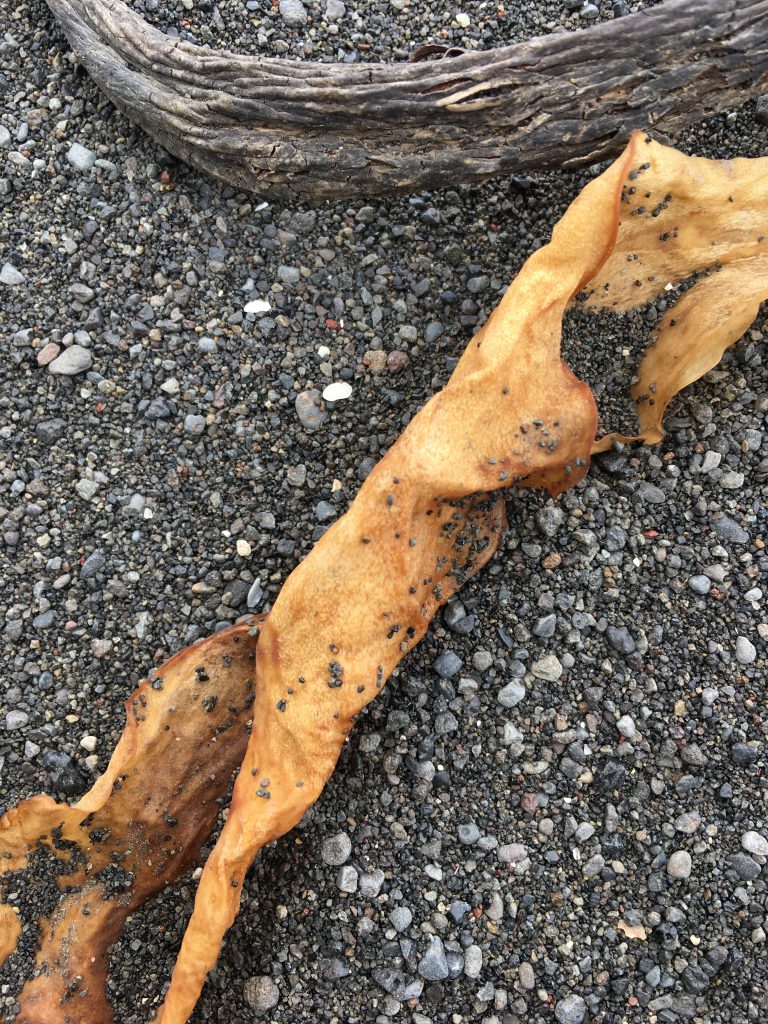As an art therapist in training, I am continuously fascinated and amazed by how art has been used therapeutically throughout history. Even before the Creative Art Therapies was a field in its own right, drama, dance, music, poetry, and visual arts were used by humans as a means of expression and self-regulation (Malchiodi, 2007). Other research has demonstrated that textile art practices impart a considerable number of benefits to their makers (Futterman Collier, Wayment, & Birkett, 2016; Garlock, 2016; Homer, 2015; Pöllänen, 2015; Futterman Collier, 2011). With one year of specialized education under my belt, and many more of clinical and community experience, I came to Iceland with the intention of investigating the relationship between art and mental health in a country with such rich traditional textile practices. In addition, I wanted to learn how men have been implicated in these traditions as literature on the use of textiles with male participants is virtually non-existent.
Throughout my month-long stay in Blönduós, I spoke with local textile artists as well as those traveling from other parts of the world to attempt to narrow in on Iceland’s specific approach. According to the attendants I spoke with at the Textile Museum, knitting and sewing are taught in school at a young age, so children will learn some basic textile techniques regardless of gender or whether the information had been passed down from previous generations. In their cases, both young women had learnt knitting and quilting, among other skills, from their respective grandmothers. This was a pleasant surprise for me, as my Canadian experience of textile work started and almost ended in grade nine home economics class which was entirely populated by girls.

They explained that although men don’t seem to carry on the fibre traditions in the same way that women continue to do, in the days of Halldóra Bjarnadóttir – a teacher, activist, and textile enthusiast born in 1873 – women spun the yarn to be woven by men into fabric (personal communication, June 12, 2018). At the time, these roles were in place as weaving was considered tough labour while spinning required more finesse. When asked if they would likely pass their knowledge of fibres onto future generations, both attendants chuckled and replied no, rationalizing that they simply weren’t “good enough” to teach others.
I also spoke with two textile artists from the UK, Deborah Gray, who is participating in a two-month residency at the Textile Centre in Blönduós, and Louise Harris, who moved from England to Iceland 12 years prior and is currently working in Reykjavik. Deborah has been a practicing fibre artist for the past 40 years, teaching her craft to others for the past 35. Still today she uses knitting daily to unwind, claiming “I don’t know how people cope who don’t have some sort of creative practice” (personal communication, June 3, 2018). Louise’s current work incorporates the process-heavy nature of felting, a technique which she has adopted as an everyday activity. She explained that during her time at Goldsmiths University in London, she used textiles in conjunction with painting in an attempt to disrupt the male-dominated contemporary field of painting.
Again, the role of gender in the art world came up in conversation with Hannele Hentinnen who led a workshop on advanced knitting. She posed the question to our group, “why is it that men come into this female-dominated field and make such waves?”, giving the examples of American fibre artists Kaffe Fassett and Stephen West. One explanation she offered was that since men don’t have as long of a textile history as women, the ideas they bring to the table are more fresh and innovative. This got me thinking, “are men the future of fibre art?” If women, such as the attendants at the Textile Museum, do not perpetuate the cycle of teaching to their female offspring, perhaps there will be a more even playing field for all genders.
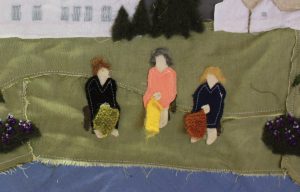
Returning to the topic of textile creation and mental health, I had the pleasure of attending a talk by psychologist and editor, Kristín Linda Jónsdóttir, with the opportunity to pick her brain following the presentation. She shared her research relating knitting to happiness and achieving a state of “flow”, a combination of rhythmic creation with just the right amount of cognitive challenge (personal communication, June 8, 2018). This concept has appeared in my research as well, and it felt validating to hear that similar benefits have been found in Icelandic studies. This information was another reassurance that people are acknowledging and understanding the positive psychological effects of art making, leading me to believe that textile handcrafts will continue to be practiced for many years to come.
References
Futterman Collier, A. (2011). The well-being of women who create with textiles: Implications for art therapy. Art Therapy: Journal of the American Art Therapy Association, 28(3), 104-112. doi:10.1080/07421656.2011.597025
Futterman Collier, A. D., Wayment, H. A. & Birkett, M. (2016). Impact of making textile handcrafts on mood enhancement and inflammatory immune changes. Art Therapy: Journal of the American Art Therapy Association, 33(4), 178-185. doi:10.1080/07421656.2016.1226647
Garlock, L. R. (2016). Stories in the cloth: Art therapy and narrative textiles. Art Therapy: Journal of the American Art Therapy Association, 33(2), 58-66. doi:10.1080/07421656.2016.1164004
Homer, E. S. (2015). Piece work: Fabric collage as a neurodevelopmental approach to trauma treatment. Art Therapy: Journal of the American Art Therapy Association, 32(1), 20-26. doi:10.1080/07421656.2015.992824
Malchiodi, C. A. (2007). What is art therapy? In C. A. Malchiodi (Eds.), The art therapy sourcebook (2nd ed., pp. 1-22). New York: McGraw-Hill.
Pöllänen, S. (2015). Elements of crafts that enhance well-being: Textile craft makers’ descriptions of their leisure activity. Journal of Leisure Research, 47(1), 58-78. Retrieved from https://0-www-scopus-com.mercury.concordia.ca/record/display.uri?eid=2-s2.0-84920396481&origin=inward&txGid=f896b8b82c8fbe9f9db044f586f768be
